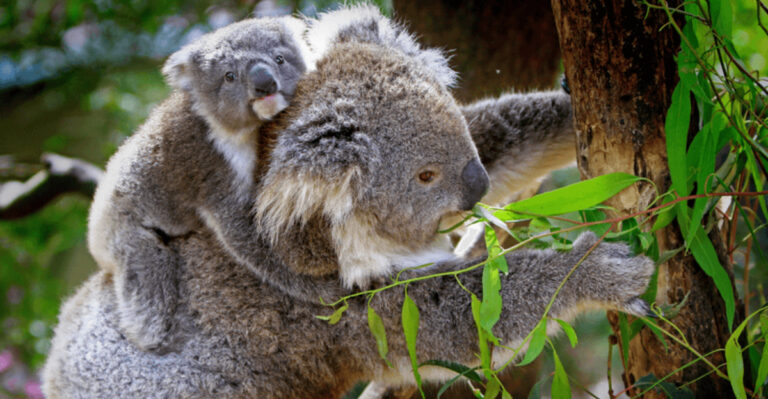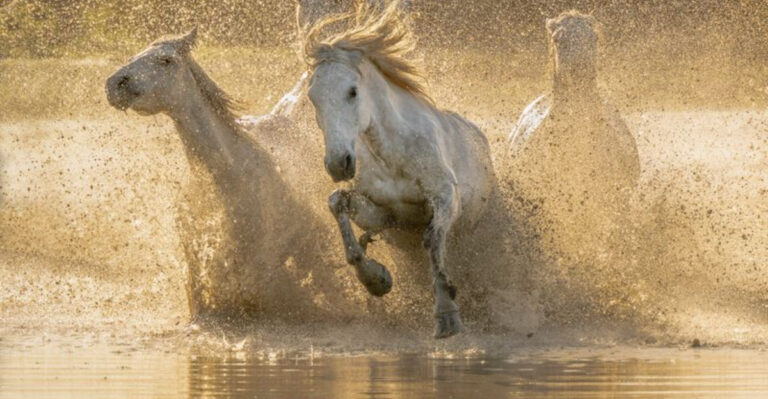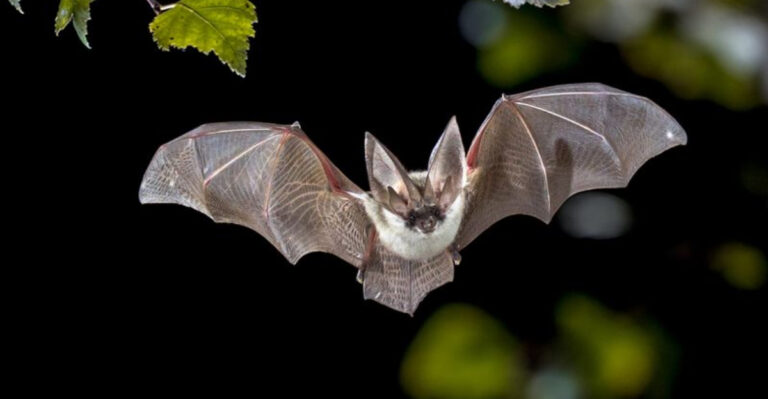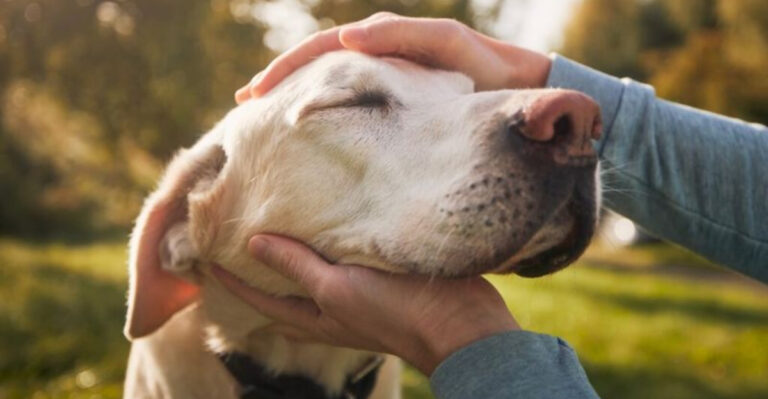12 Animals With The Largest Horns On Earth
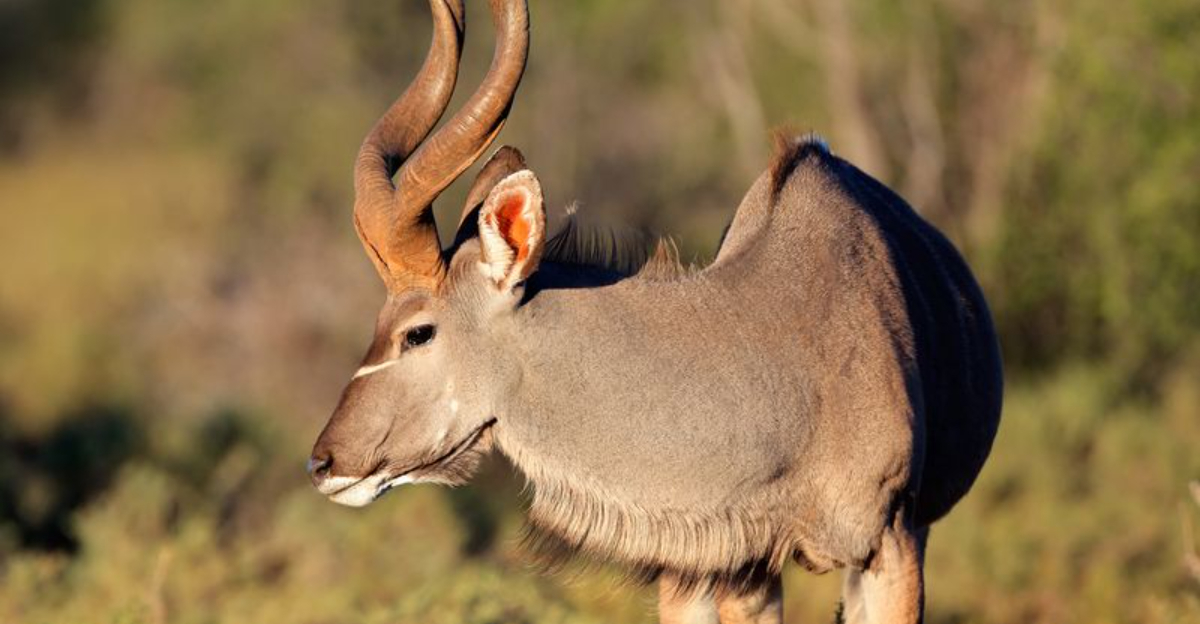
The animal kingdom boasts some truly impressive headgear. From the rugged mountains to the vast African plains, horned creatures have evolved these remarkable structures for protection, mating rituals, and establishing dominance.
These natural weapons and status symbols range from elegantly curved to massively twisted, with some spanning wider than a car’s length. Let’s explore the most magnificent horn-bearers our planet has to offer.
1. Bighorn Sheep

Monarchs of the mountainside, bighorn sheep possess massive curved horns that can weigh up to 30 pounds—heavier than all the bones in their body combined!
During mating season, males engage in spectacular head-clashing contests that echo through canyons like thunder. These impressive weapons serve as both battle gear and status symbols, with larger horns typically indicating stronger, more desirable mates.
2. Mouflon Sheep

Ancient ancestors of domestic sheep, mouflons sport magnificent spiral horns that curve outward, backward, then forward in a graceful arc. Males use these impressive weapons during fierce head-butting contests that determine breeding rights.
The horns grow continuously throughout their lives, adding a new growth ring each year like trees. Native to the mountainous regions of Europe and Asia, their impressive headgear can reach up to 33 inches in length.
3. Mountain Goat

Sporting dagger-like black horns that contrast sharply with their white coats, mountain goats are alpine specialists with headgear built for survival. Both males and females possess these pointed weapons, which can grow up to 12 inches long.
Unlike deer antlers, mountain goat horns never shed and continue growing throughout their lives. The sharp tips help fend off predators while the thick bases protect their skulls during territorial disputes when males charge each other at speeds of 20 mph.
4. Antelope

Among the various antelope species, the oryx stands out with perfectly straight horns that can reach an astonishing 4 feet in length! These spear-like projections serve as formidable weapons against predators like lions and hyenas.
Female antelopes also sport impressive horns, unlike many other horned species where only males have them. The distinctive ridges along antelope horns create natural barbs that make these weapons particularly dangerous—even capable of impaling predators in desperate situations.
5. Eland
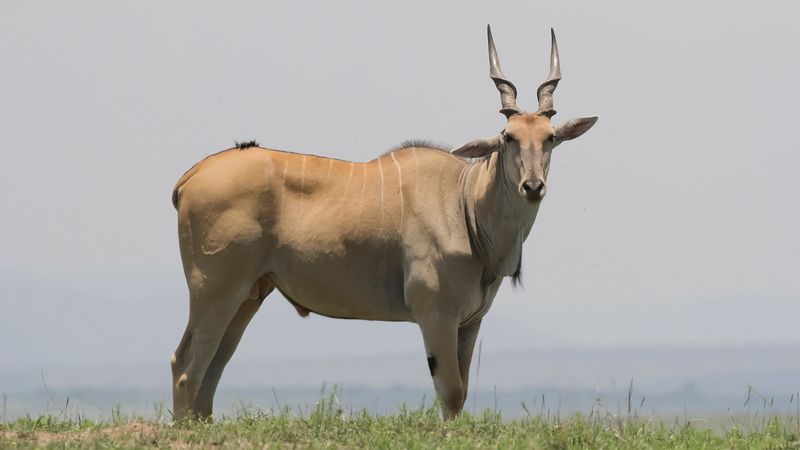
Giants of the antelope world, elands boast massive twisted horns that spiral upward like natural corkscrews. Despite weighing up to 2,000 pounds, these gentle giants move with surprising grace through African savannas.
Their impressive horns can reach lengths of 4 feet in males. What makes eland horns particularly fascinating is how they twist—creating a spiral pattern with up to two full rotations. Both males and females have these twisted spires, though the males’ are typically thicker and longer.
6. Greater Kudu

With corkscrew horns that can spiral dramatically for up to three full turns, greater kudus possess some of the most elegant headgear in the animal kingdom. These magnificent spirals can grow over 5 feet when measured along the curve!
Surprisingly agile, kudus can clear 8-foot fences with these massive horns balanced above them. The distinctive twisted pattern isn’t just for show—it creates a visual spectacle during dominance displays and provides effective weapons against predators like leopards and wild dogs.
7. Sable Antelope
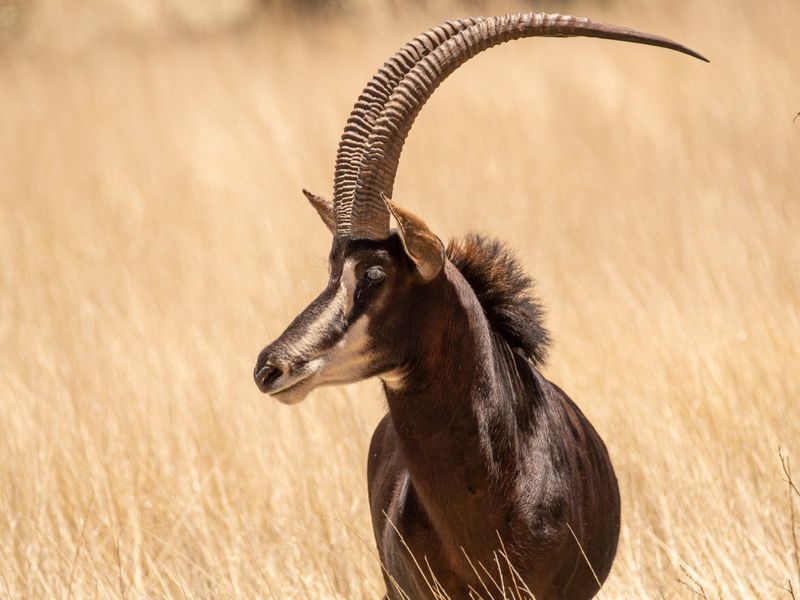
Royalty of the savanna, sable antelopes carry magnificent scimitar-shaped horns that sweep backward in perfect symmetrical arcs. Males display these impressive weapons—reaching up to 65 inches long—during dramatic confrontations involving kneeling postures and side-to-side head swings.
Female sables also grow impressive horns, though shorter than males. The ridged texture provides extra strength, preventing breakage during intense battles. Their backward curve creates a perfect defensive position, allowing sables to charge predators while keeping their deadly points aimed forward.
8. Nile Buffalo
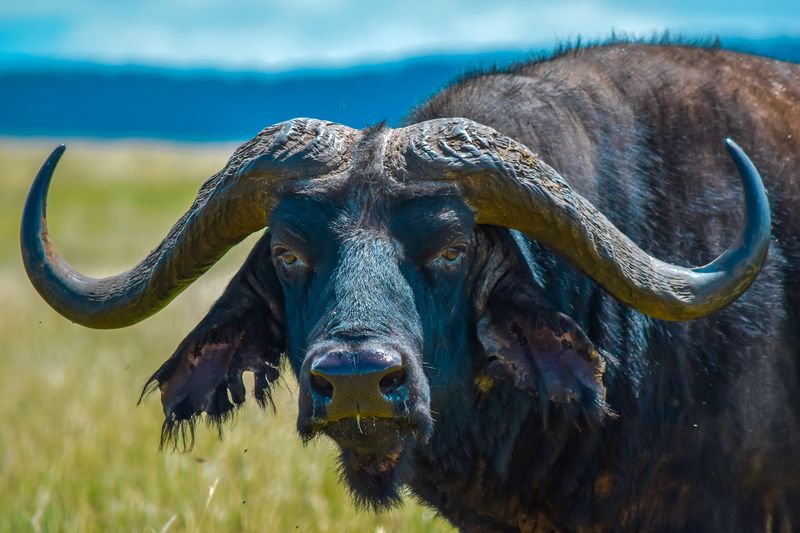
Sporting massive horns that can span over 5 feet tip to tip, Nile buffaloes carry what locals call their “boss”—a thick, fused shield across their foreheads connecting their impressive horns. This natural helmet protects their skull during brutal head-on collisions with rivals.
Unlike many horned animals, buffaloes use their impressive headgear primarily for defense rather than display. Their horns curve outward, then upward and inward, creating hooks perfect for goring predators. Lions think twice before attacking adult buffaloes with fully developed horns!
9. Gaur

Crowned with pale, moon-shaped horns that curve upward, the gaur stands as the largest wild bovine on earth. Their impressive headgear can span 3 feet across, creating an intimidating silhouette in the forests of Southeast Asia.
Unlike twisted or spiraled horns of other species, gaur horns feature a simple yet powerful curve that sweeps upward then inward. The horns’ distinctive pale color contrasts dramatically with their dark bodies. Both males and females carry these impressive weapons, using them to defend against tigers—their only natural predator.
10. Wildebeest

Masters of migration, wildebeests carry uniquely shaped horns that first extend outward from their heads, then curve upward and inward like handlebars. These distinctive weapons serve dual purposes during their epic journeys across African plains.
During the rut, males use their horns in fierce battles for dominance, locking heads and pushing with tremendous force. The unusual shape also creates an intimidating front against predators like lions and crocodiles. Both male and female wildebeests sport these impressive horns, though males’ are typically thicker and more robust.
11. Muskox
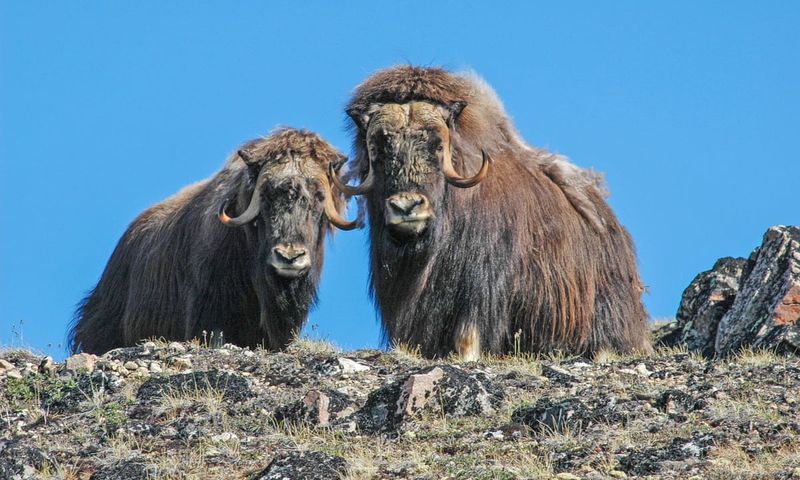
Arctic survivors with prehistoric presence, muskoxen possess some of the most distinctive horns on Earth—massive bases that grow downward along the sides of their heads before curving upward at the tips. This unique helmet-like formation protects their skulls during violent head-smashing contests.
The horn bases of adult males actually meet in the middle of the forehead, creating a nearly impenetrable shield. When threatened, muskoxen form defensive circles with horns facing outward—a strategy that has helped them survive since the Ice Age alongside now-extinct mammoths and saber-toothed cats.
12. Rams
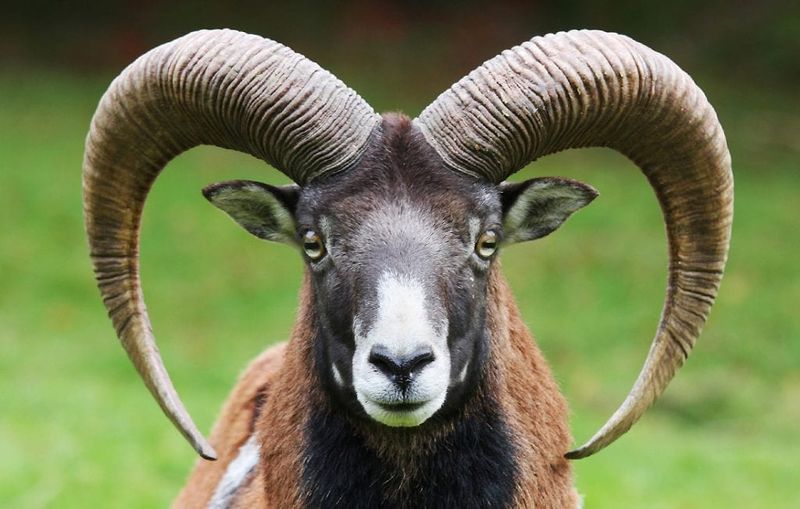
Champions of head-banging combat, wild rams possess incredibly thick, curved horns that can absorb impacts that would shatter the skull of most other animals. During mating season, males charge each other at speeds up to 40 mph, colliding with forces that would concuss a human instantly.
The Argali sheep of Central Asia holds the record for the largest horns among wild sheep—sometimes spanning an astonishing 6 feet in length when measured along the curl! These massive structures can weigh up to 50 pounds, requiring powerful neck muscles to support them.

